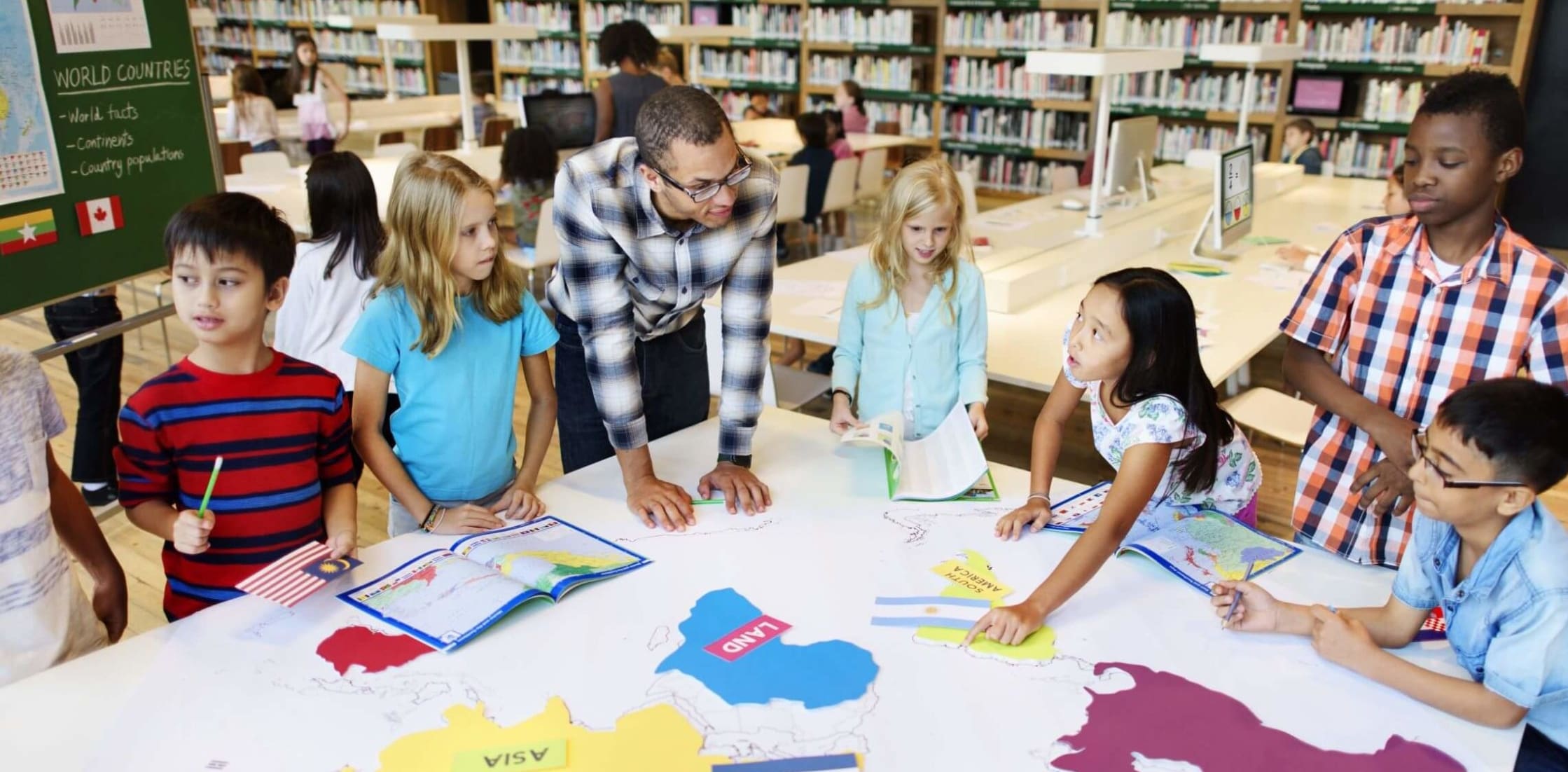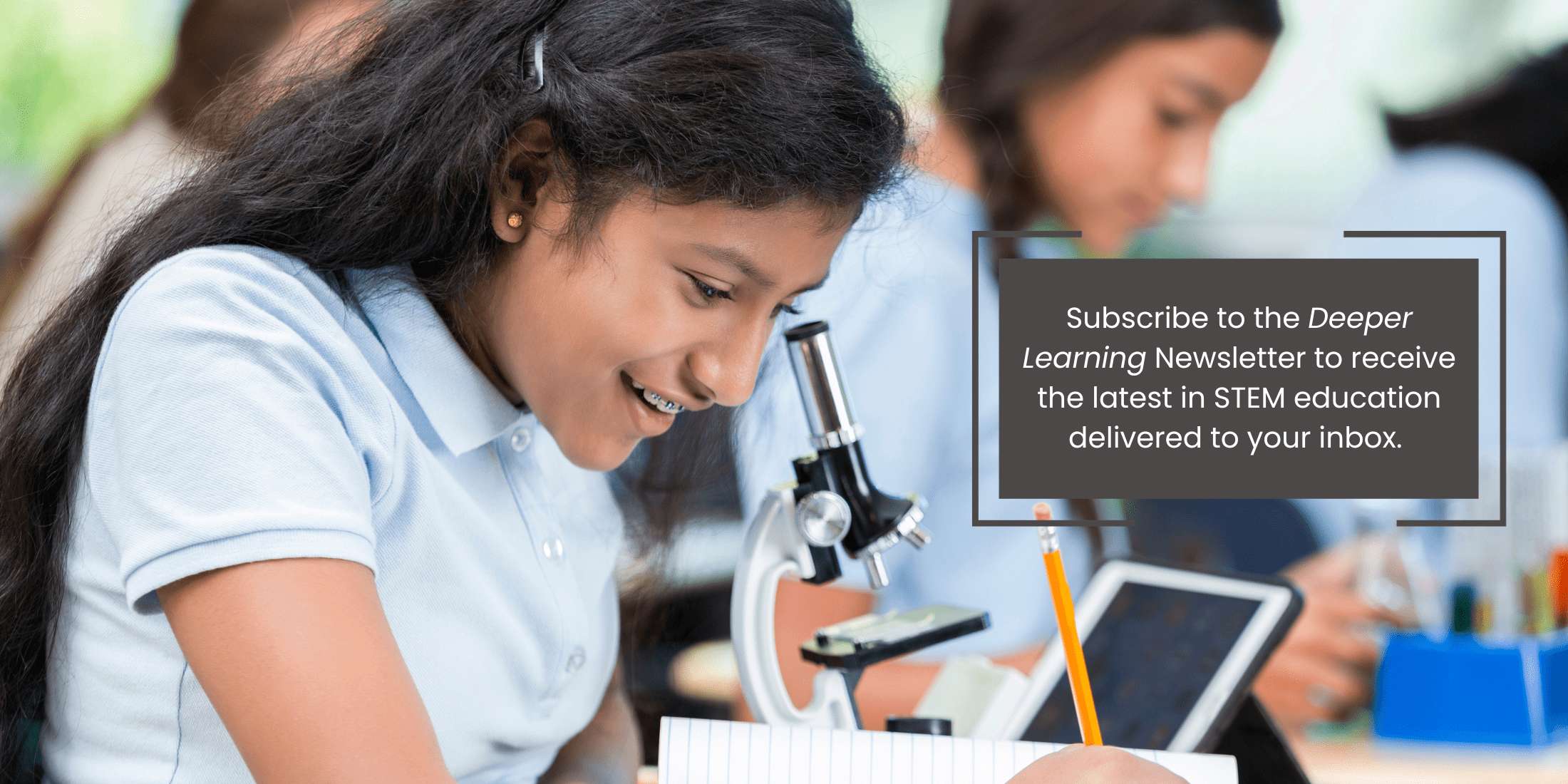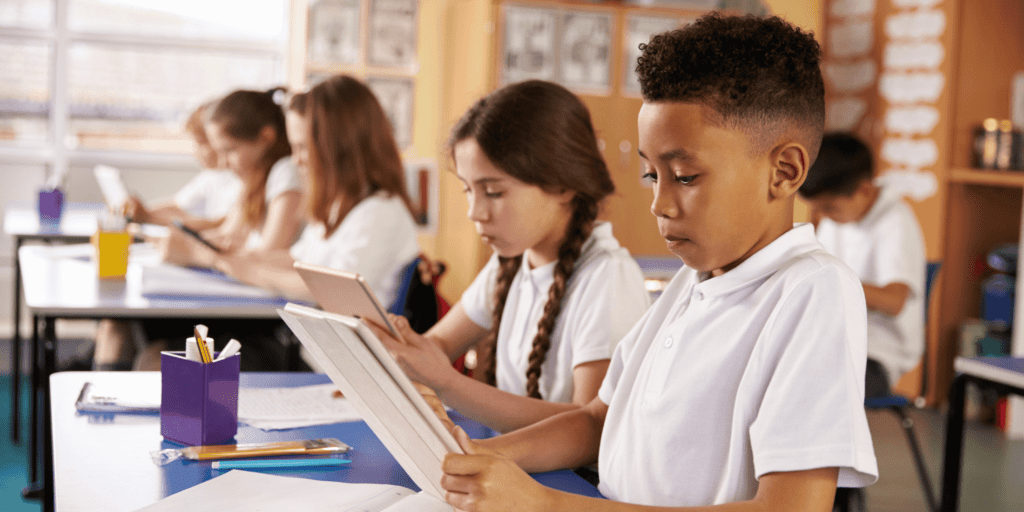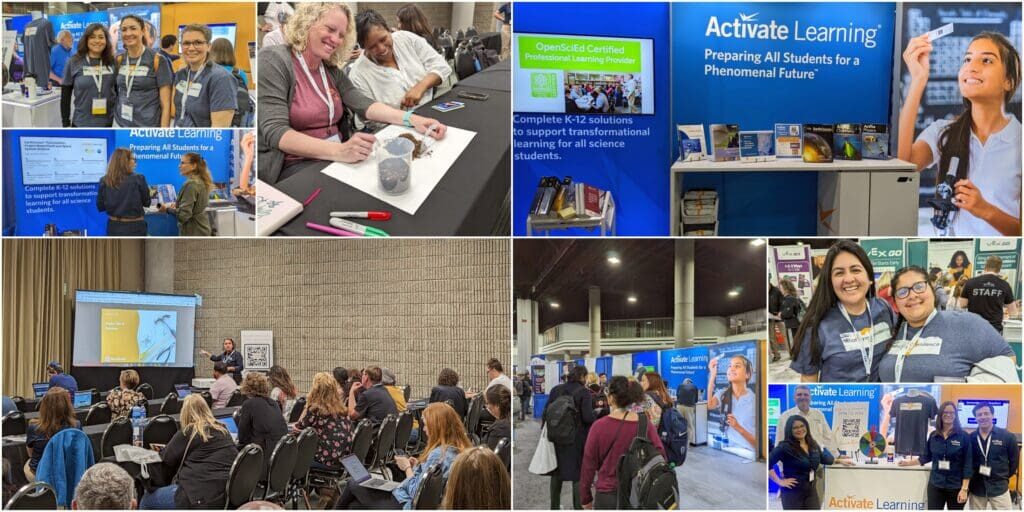Culturally Responsive Science Curriculum: the Key to Unlocking Student Potential

A Better Way to Teach Science and Facilitate Deeper Learning with Culturally Responsive Science Curriculum
"Being culturally responsive is being intentional and having 20 seconds of insane courage to try something that may not necessarily seem tied to science but, at the core, is tied to the learners of science… and to what we can do in our community, and eliciting the input of caregivers and family members' as a way to build on the strengths of kids." - Julie C. Brown (Responsive Instruction for Emergent Bilingual Learners in Biology Classrooms)
Now, more than ever, students want deeper learning and more meaningful connections in their learning experiences. As school leaders and teachers work diligently and with heightened urgency to help students recover significant learning loss suffered throughout the pandemic, it is becoming ever more clear that they need to equip teachers with curriculum that is not only rigorous, but also culturally relevant and responsive.
Culturally responsive science curriculum allows students to connect the material to their own lives and experiences which, in turn, facilitates deeper learning. When students see themselves, their culture, and their community represented in the curriculum, they are more likely to be engaged and motivated to learn.
Additionally, culturally responsive science curriculum closes the achievement gap, boosts the confidence of students, and empowers them to solve real-world problems in their local communities.
What Does It Mean To Be Culturally Relevant and Responsive When Teaching?
There has been extensive research on culturally responsive teaching in recent years. According to cultural education expert, Geneva Gay (Culturally Responsive Teaching: Theory, Research, & Practice), culturally responsive teaching:
- acknowledges the legitimacy of the cultural heritages of different ethnic groups, both as legacies that affect students' dispositions, attitudes, and approaches to learning, and as worthy content to be taught in the formal curriculum;
- builds bridges of meaningfulness between home and school experiences as well as between academic abstractions and sociocultural realities;
- uses a wide variety of instructional strategies connected to different learning styles; and
- teaches students to know and praise their own and each other's cultural heritages. It incorporates multicultural information, resources, and materials in all the subjects and skills routinely taught in schools.
In a recent webinar hosted by CADRE (a network for STEM education researchers funded by the National Science Foundation), a group of researchers specializing in K-12 science learning explored innovative models and tools at the frontier of culturally relevant and responsive instruction. They described frameworks for equitable and responsive science teaching, models for developing responsive teaching practices, and tools for examining those practices.
The general consensus among the researchers on panel was that the fast-changing demographics of the population and the overwhelming research showing that students learn better when their experiences are core to the learning, means we need to do things very differently to accommodate the seismic cultural shift happening in the world at large. And being a great science teacher doesn't necessarily mean the learning students are acquiring is culturally relevant. Julie C. Brown (University of Florida) explains:
"Over the years I've worked with many great science teachers but when we use observation protocols to assess their instruction (in terms of specific cultural connections) they consistently find it difficult to integrate students' funds of knowledge earlier and socio-political consciousness. It's certainly not because they don't care and they're not capable. A lot of the times it's trying to be responsive intentionally in a restrictive learning environment or a restrictive teaching environment." -- Julie C. Brown
Education leaders want to strike a balance between providing an academically rigorous learning and ensuring that teachers have the tools and flexibility to address the unique needs and experiences of their students. But finding the right science curriculum that incorporates multidimensional, culturally responsive learning can be challenging. Several school districts have even decided to forgo the traditional route of buying curriculum from publishers to create their own culturally relevant curriculum in-house - a herculean effort that can cost millions of dollars and lead to less than desirable results (Off-the-Shelf or Custom-Made? Why Some Districts Are Designing Their Own Curriculum).
The good news is school leaders seeking culturally responsive instructional materials don't have to spend millions of dollars developing their own curriculum. Science curricula that give teachers the flexibility to create culturally relevant learning experiences already exists and can be powerful and effective tools for teachers and students at a fraction of the cost of creating curriculum from scratch.
The Secret Sauce in Culturally Responsive Science Curriculum
The most important factor in adopting culturally responsive science curriculum is ensuring that the curriculum is aligned with the Next Generation Science Standards (NGSS). The NGSS were created to facilitate culturally responsive learning for all students. They are based on three core dimensions (3D Learning) which gives teachers the flexibility to design learning experiences and assessments that take into consideration the true creativity and thinking skills of the whole student. Equity and inquiry are the key principles of the Framework for K-12 Science Education and the NGSS.
Recent research in Journal of STEM Teacher Education found that NGSS-aligned curriculum is critical for helping teachers to bridge the cultural divide in classrooms and make learning more meaningful for students. Researchers emphasized this imperative in their findings:
"Rethinking science education is a necessity in light of the growing population of diverse students from different cultural backgrounds. Culturally diverse students come to school with alternative ways of knowing science that should be recognized as valuable assets for science learning (Lee, 2003). "Infusing diversity components" into science teacher education is a promising practice that requires rethinking already existing science curricula to meet the needs of every unique culture (Lim & Able-Boone, 2005, p. 225). Teachers should integrate their knowledge of students' language and culture with knowledge of science if they are to make meaningful science learning accessible to all students (Lee, 2003)." -- Cultural Responsiveness of the Next Generation Science Standards (2017)
Indeed, curriculum that is NGSS-aligned is a solid foundation for creating culturally relevant learning experiences. Our Engineering the Future high school curriculum (co-developed with Museum of Science) builds technological literacy and provides a strong foundation in physics for students using modules that asks students to, for example, design a green building with an emphasis on understanding the needs of their community from a "smart growth" perspective. This exercise places the problem and solution within the context of the students' lived experience and real-world community. Educators also have the ability to customize or even create and share new culturally responsive lessons with the Activate Learning Digital Platform.
Culturally responsive science curriculum that is NGSS-aligned also reflects the different ways that students from different cultures learn - addressing neurodiversity is crucial. For example, some students may be more visual learners and benefit from seeing illustrations or diagrams. Others may be more kinesthetic learners and need to get up and move around to really understand a concept. And still others may be more auditory learners and do better when they can hear someone explain a concept or listen to a recording. The curriculum should take all of these different learning styles into account and provide a variety of ways for students to learn the material.
Putting Students at the Center of Their Learning Journey
In addition to being culturally responsive, instruction should also be student-centered, focusing on meeting the needs of individual students and providing them with opportunities to succeed.
There are a few different ways to achieve this. First, a teacher might provide more small-group and one-on-one instruction, giving students the individualized attention they need to understand a concept. Or a teacher may make instruction more student-centered using flexible grouping - grouping students together based on their ability level, rather than their age or grade. This way, students can work with others who are at the same level and are challenged but not overwhelmed.
Teachers can also provide a variety of assessment methods. This allows students to show what they know in a way that is most comfortable for them and in line with their learning style. For example, some students may do better on traditional tests, while others may prefer to do a project or presentation. By providing a variety of assessment methods, all students can have an opportunity to show what they know.
Middle School science teacher, William Baur, has seemingly mastered the art of creating culturally responsive learning using OpenSciEd (NGSS-aligned, open source, middle school curriculum). In the July edition of our newsletter, we shared how Bauer developed a series of interactive lessons to explore the difficult topic of living and dying with cancer through the lens of science, while giving students a voice in sharing and designing lessons around how cancer has impacted them, their families, and their communities. It was a profoundly positive experience for Baur and his students.
Baur also creates culturally relevant learning with OpenSciEd by inviting parents and the broader community into student science circles and sharing materials to learn more about the unique learning experiences students are experiencing with OpenSciEd in class.
The Future Is Now
When it comes to creating culturally relevant and responsive science learning with NGSS-aligned curriculum, the sky's the limit!
All of these factors - culturally relevant content, instruction, and pedagogy - work together to create a learning environment that is welcoming and supportive for all students. By using a variety of approaches to teaching and learning, you can ensure that all your students have the opportunity to succeed. The future of education is here and students now have the equal opportunity and tools to reach their full potential through deeper learning and culturally relevant instruction.
* * * * * *




